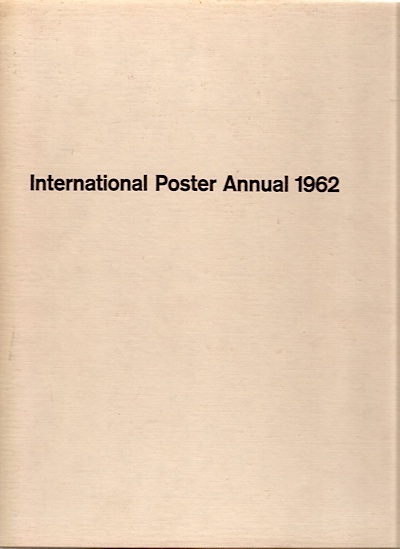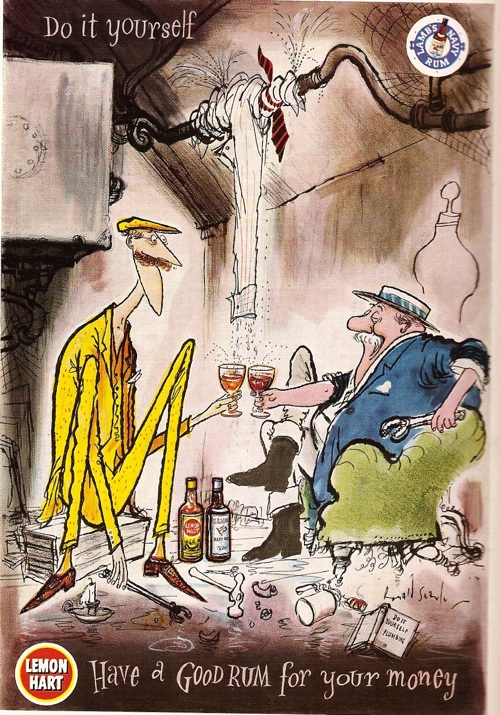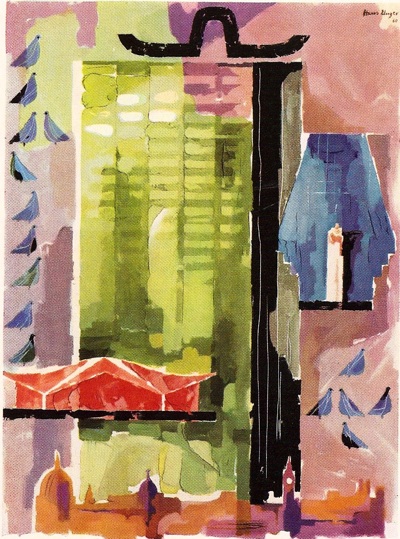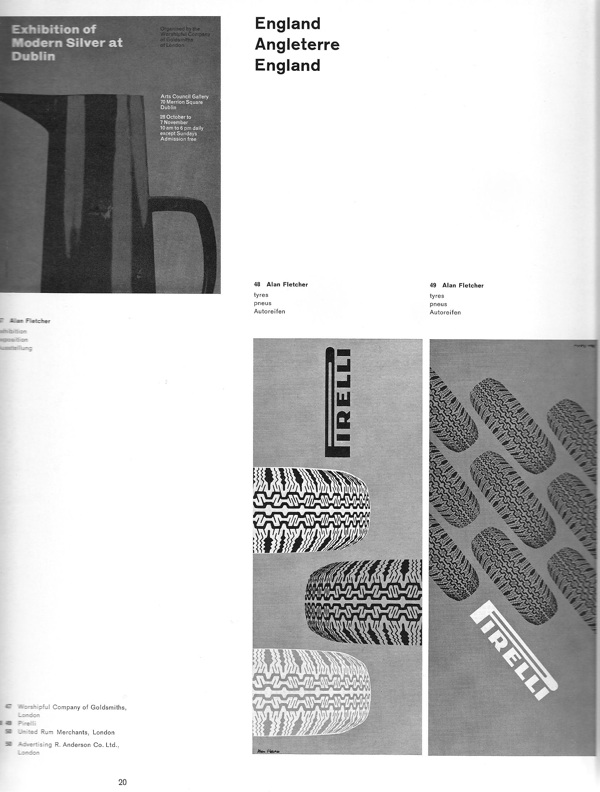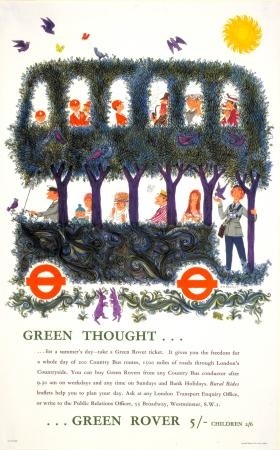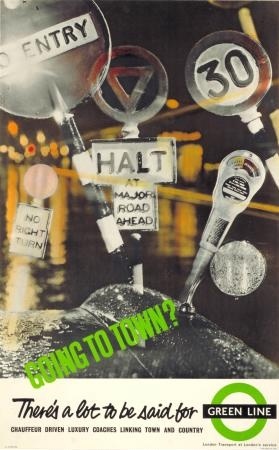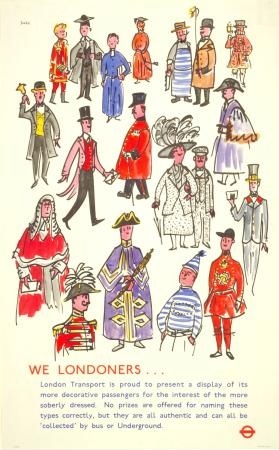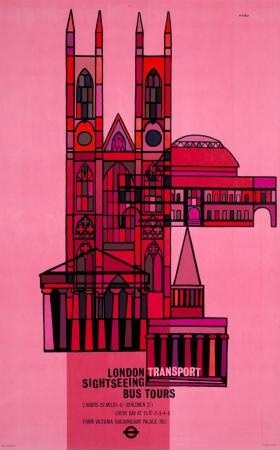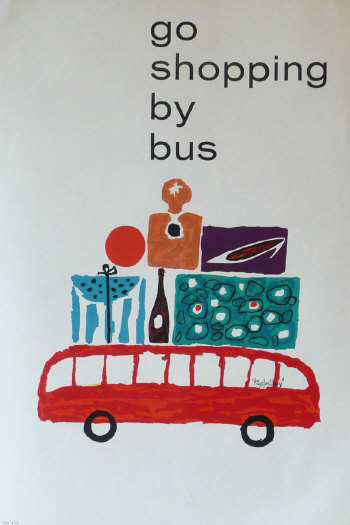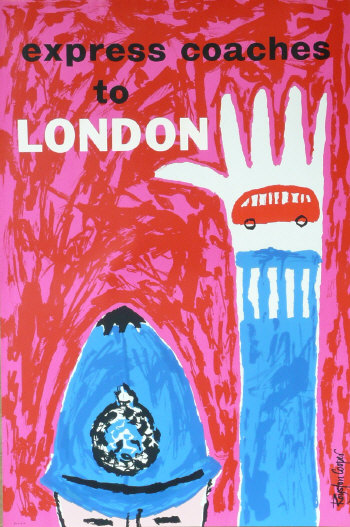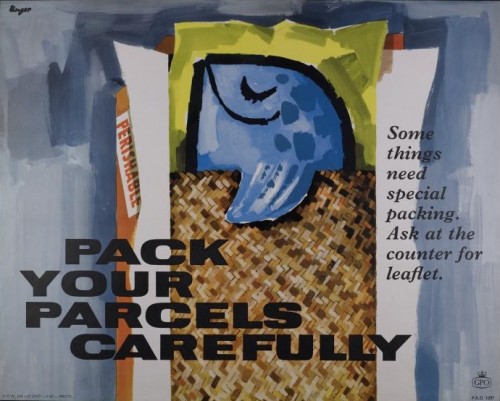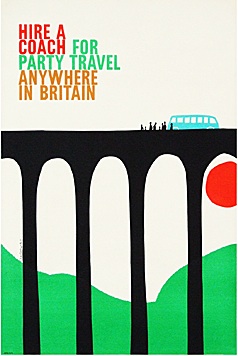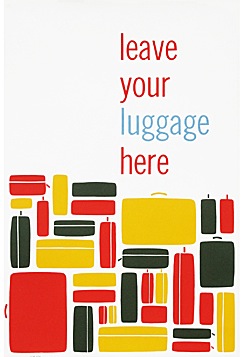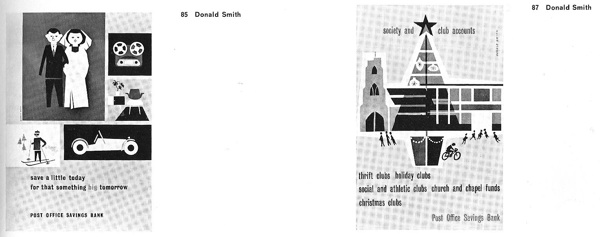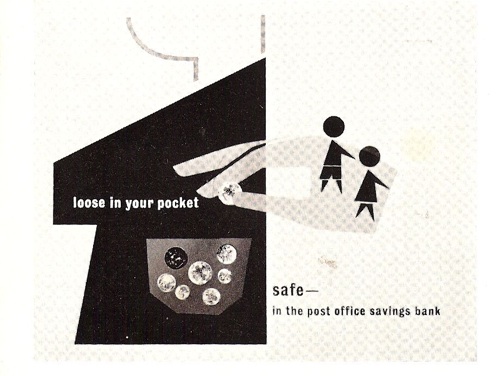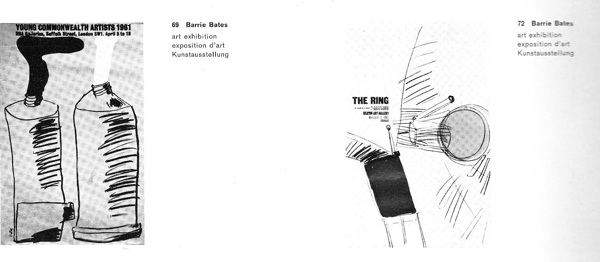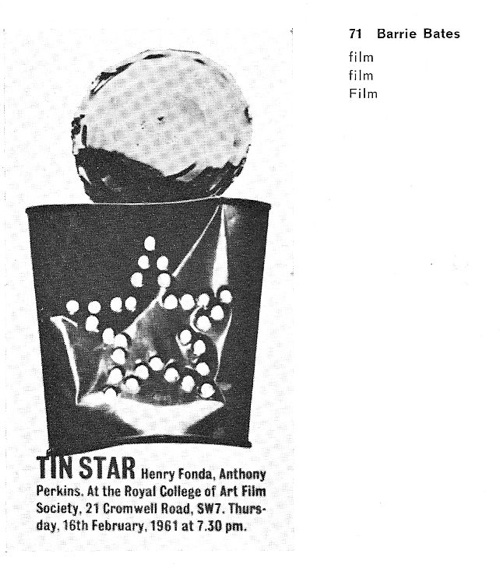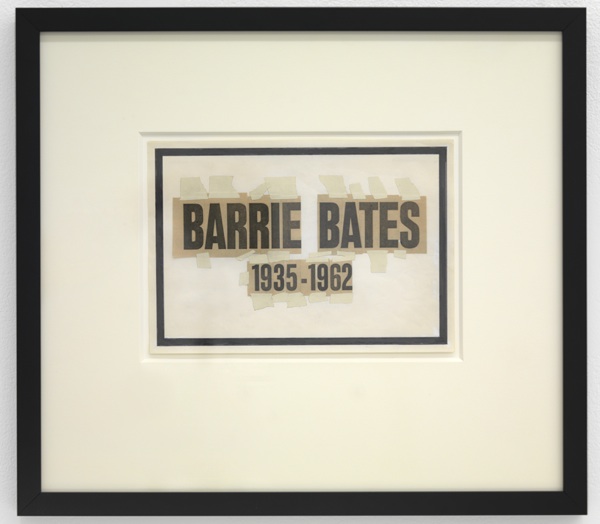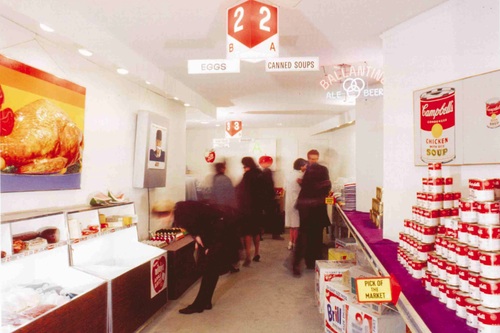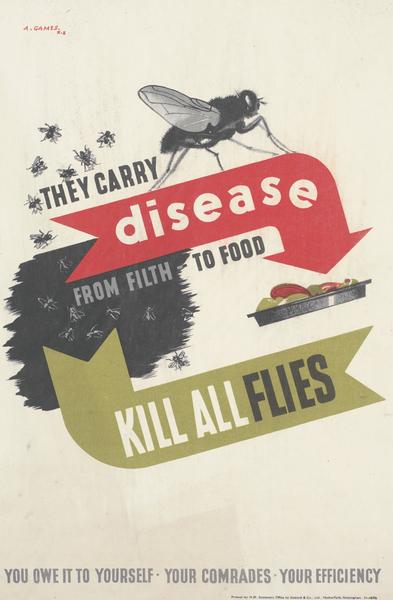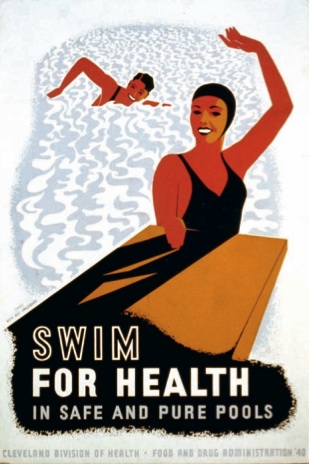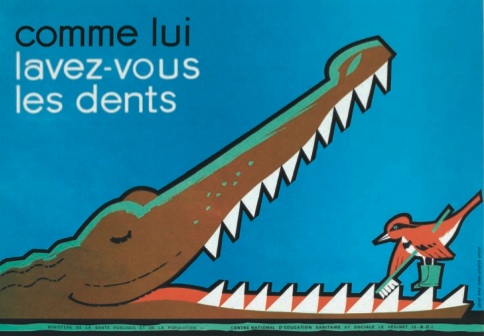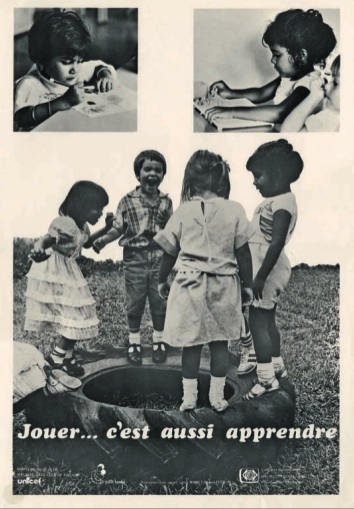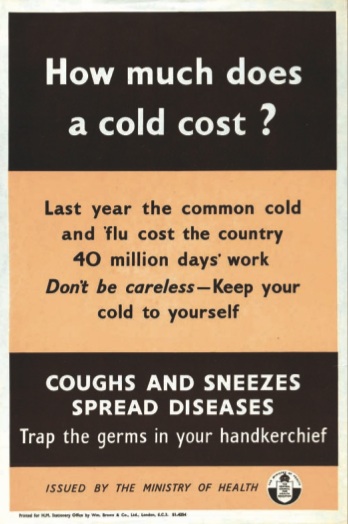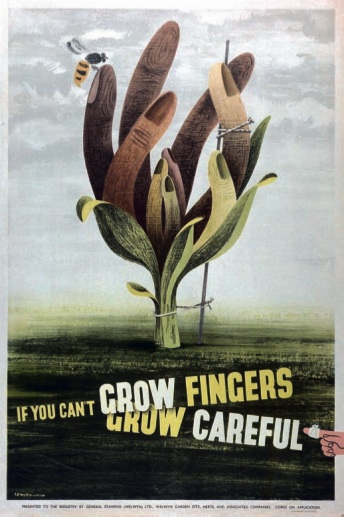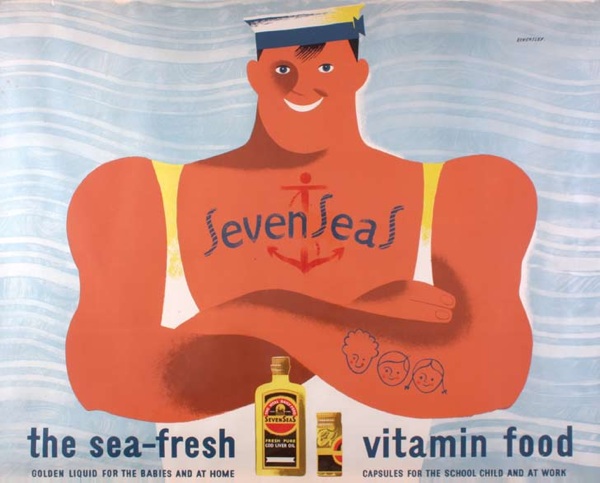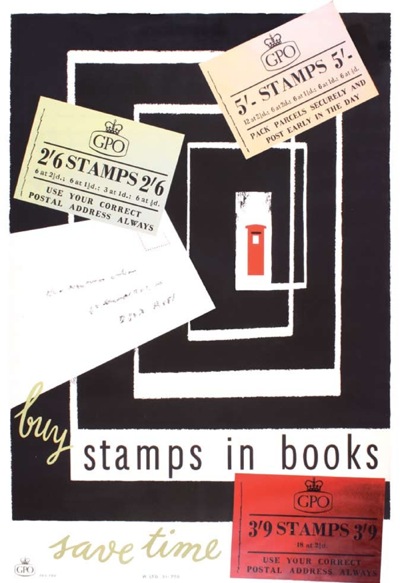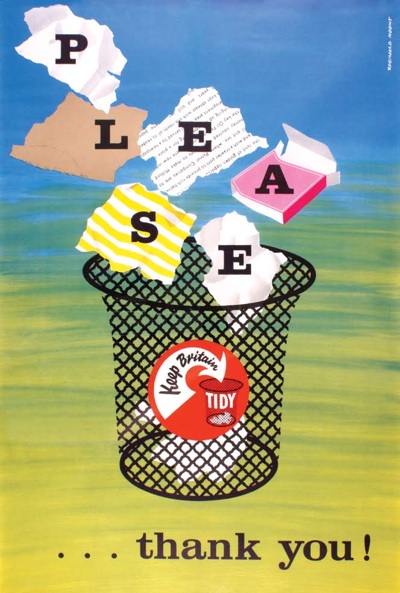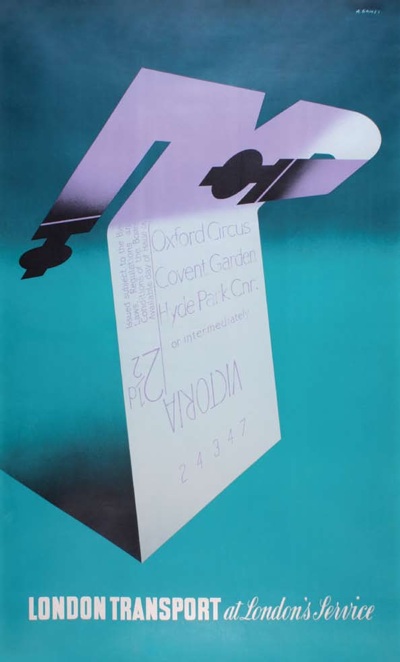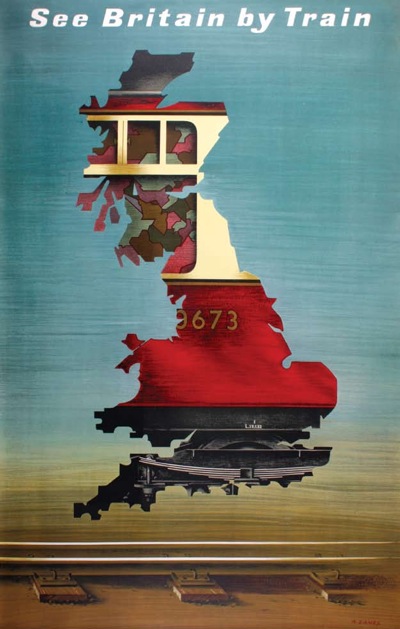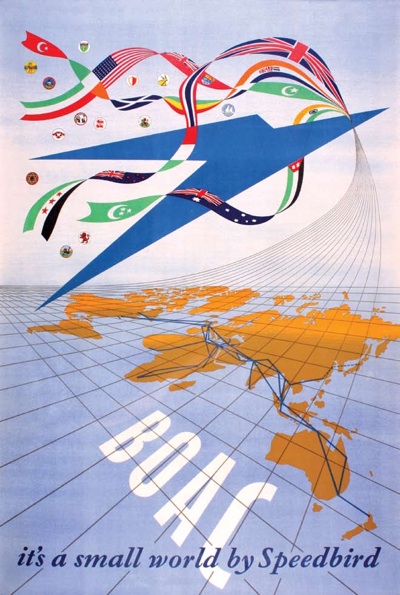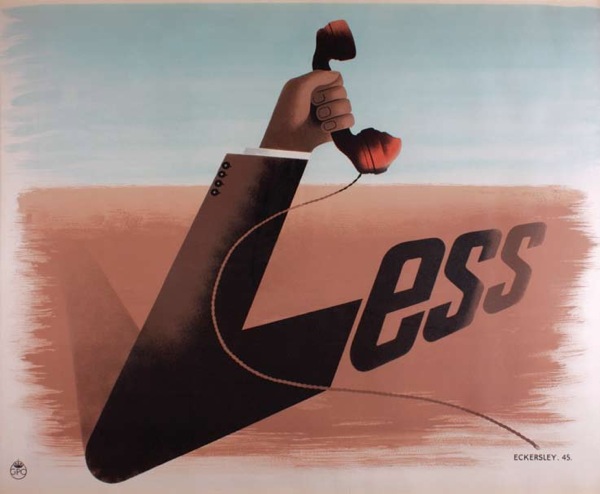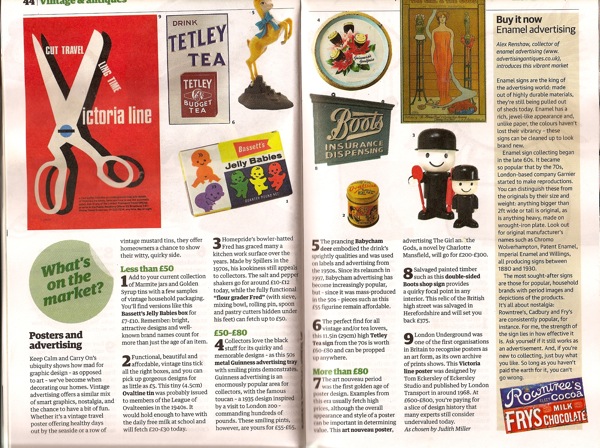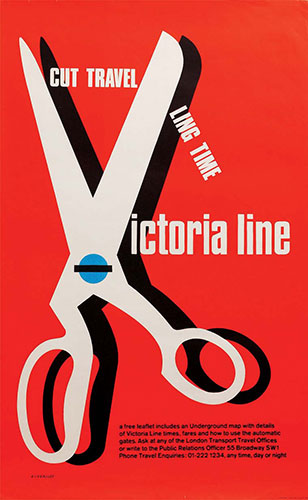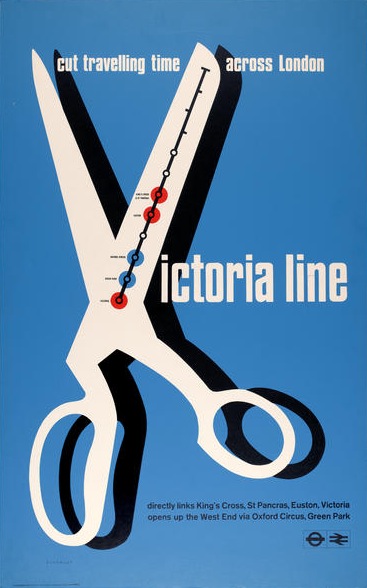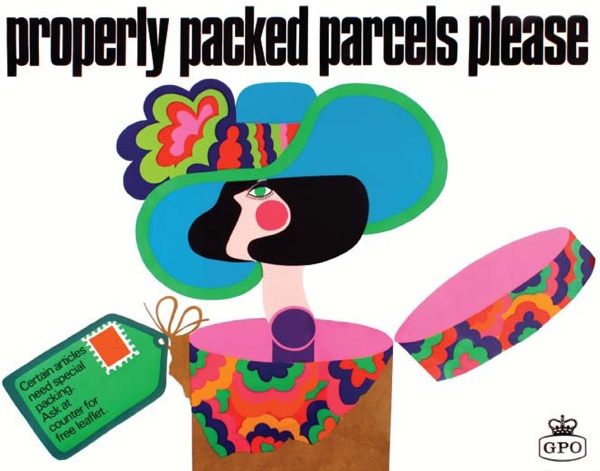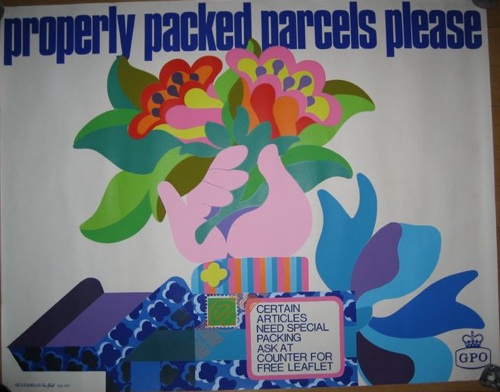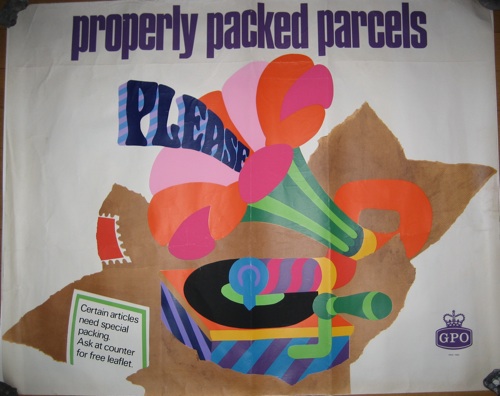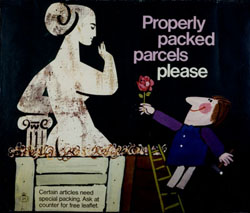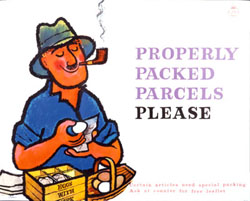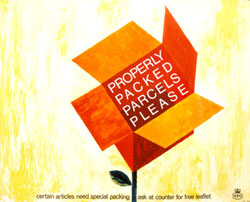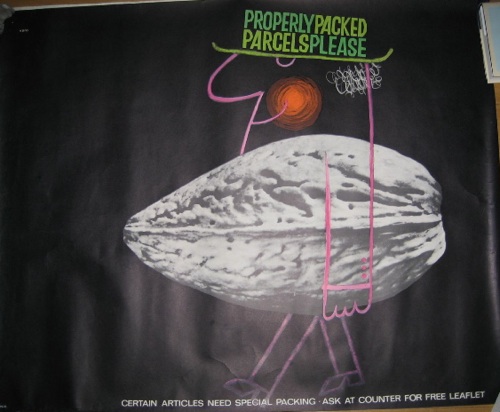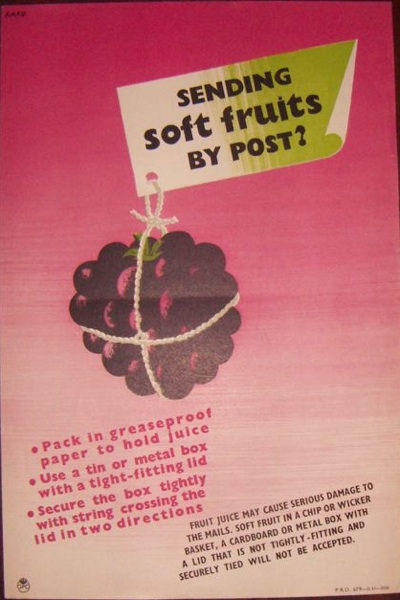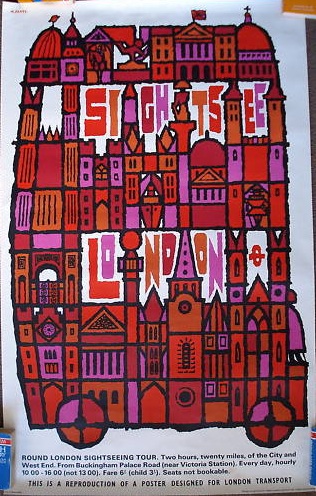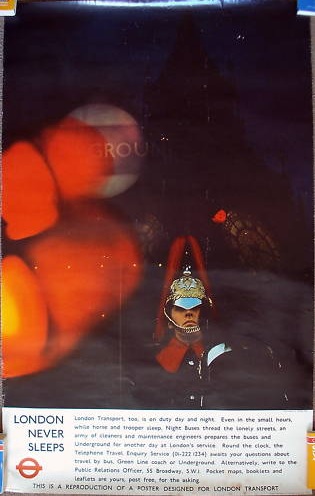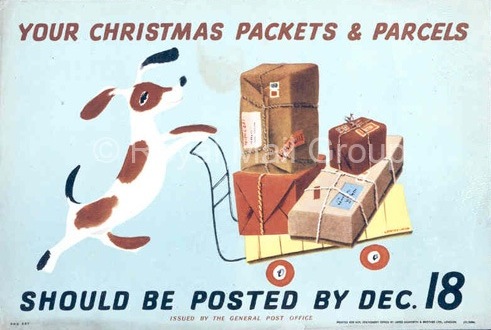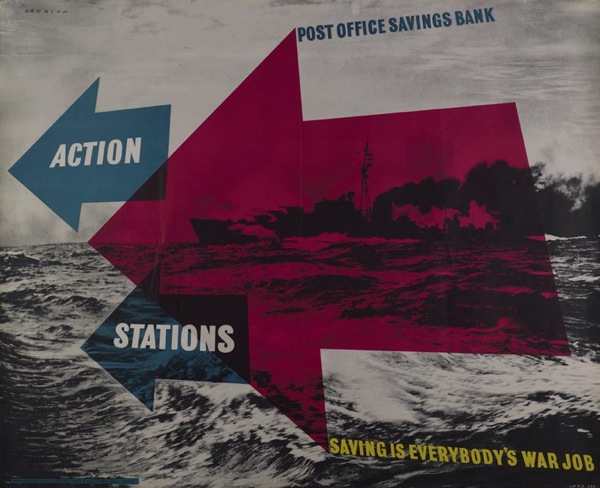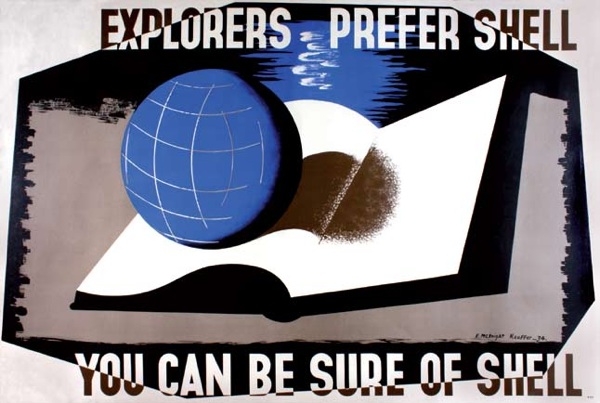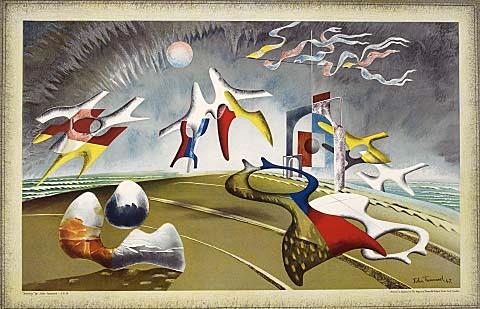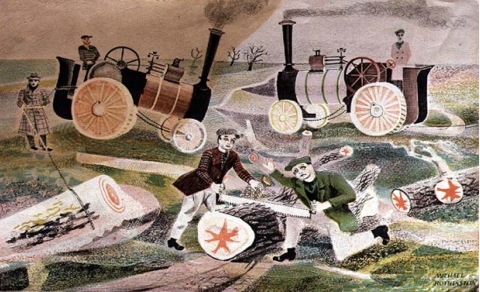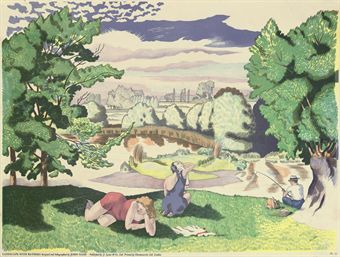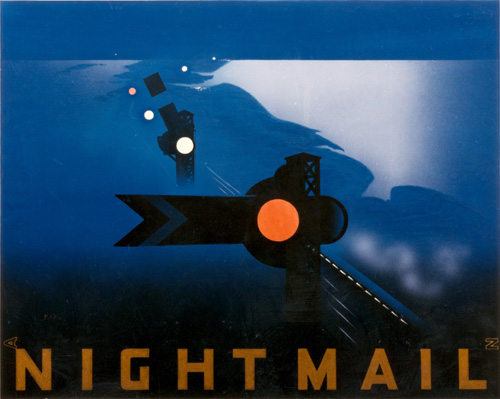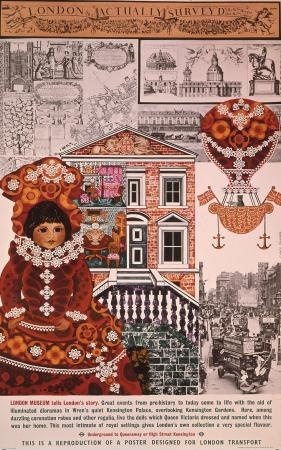1962 and all that
Our subject today is this, which arrived in the post the other day.
It’s a book which does what it says on the cover. Posters, lots of them. And most of them from 1960 or 1961. Can’t argue with that.
Unfortunately, the vast majority are reproduced in black and white. The only artists to earn some colour coverage for Britain are Ronald Searle and Hans Unger.
(The Unger is a poster for coach travel, but you’d be hard pressed to guess that as there is no text in the reproduction at all.)
Sadly, most of the rest of the pictures are not only monochrome, but also small; I’ve found better images where I can but, as you will see, this hasn’t always been possible..
Now I do like these kind of annuals, and not simply because they’re a lovely wallow in a golden past of poster design. It can also be thought-provoking to see a cross-section through time like this. For a start, you get a good overview of where design was.
And 1962 turns out to have been quite an interesting time; the whimsy of the mid to late 1950s hadn’t quite departed yet, but the tide of sans-serif modernism was definitely on the rise. Which means that the Ronald Searle illustration above was paired with these three Alan Fletcher designs on the opposite page.
And London Transport could win commendations for this,
as well as this – which was, incidentally, produced by an agency, S.H. Benson Ltd, rather than a designer.
The times they are indeed a-changin’.
But there’s another way in which this selection is worth our attention; the posters included are not simply an archaeological sample of posters past, they’re also a picture of what 1962 thought was important then. Which isn’t always what you might expect now.
There are some things on which past and present do agree. London Transport posters are good – these two are by Dorrit Dekk and G.B. Karo.
In total, over a fifth of the posters shown were designed for London Transport, which is an impressive proportion. But just to prove that posterity (or archival survival) doesn’t always get it right, there are even more coach posters than there are LT exhibits (by one), including these two Royston Coopers.
The same is true of the designers: Abram Games, Hans Unger, FHK Henrion and Tom Eckersley are also all, unsurprisingly, feted.
Abram Games for London Transport
Hans Unger for GPO
But then there are a few designers included that might not be the first to spring into your mind today. 1962 really liked four of these coach posters by Christopher Hill.
His stuff doesn’t seem to come up much these days(apart from at Morphets, of course, what didn’t) but these two are both available at Fears and Kahn for the right kind of money.
I’ve never heard of Donald Smith before at all, but he has five posters in the book in all, including these three very delightful posters for the Post Office Savings Bank below. (Where is the Post Office Savings Bank archive, does anyone know?)
But most mysterious of all was Barrie Bates. He had four posters included, and they’re all very striking.
So why had he not turned up elsewhere? It transpires that there was a very good reason for this. Because in 1962, he became someone else altogether.
When he came to the end of his graphics course at the Royal College of Art, Barrie Bates bleached his hair and eyebrows in order to become Billy Apple, conceptual and pop artist extraordinaire.
This is American Supermarket, the 1964 New York show, a landmark Pop Art exhibition. With exhibits by, amongst others, Andy Warhol, Claes Oldenburg, Tom Wesselmann, Jasper Johns and one Billy Apple.
Apple/Evans was working for Madison Avenue advertising agents at the same time, which rather pleases me, as he was eliding the difference between product and art even more than the exhibition might have suggested. And it’s also good to know, given how good his 1962 work was, that he hadn’t given up on graphics altogether.
P.S. You’ll be pleased to know that Billy Apple is still working as an artist in Auckland, New Zealand, and there is plenty more information about him and his work out there if you’re interested.
